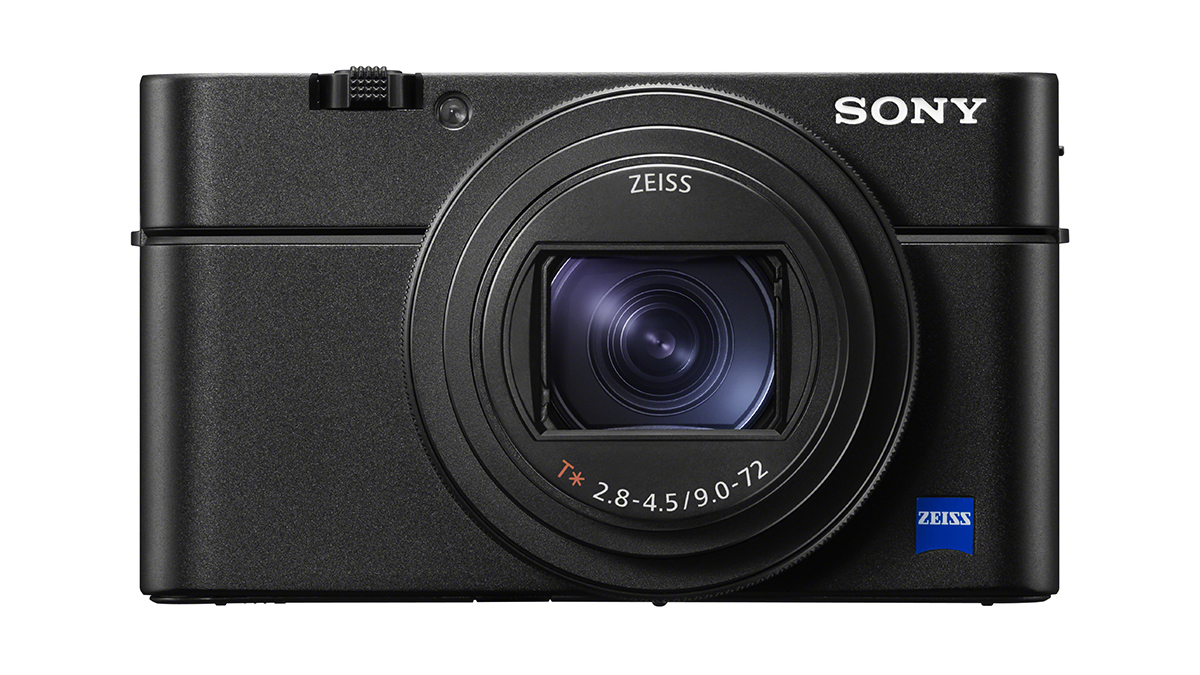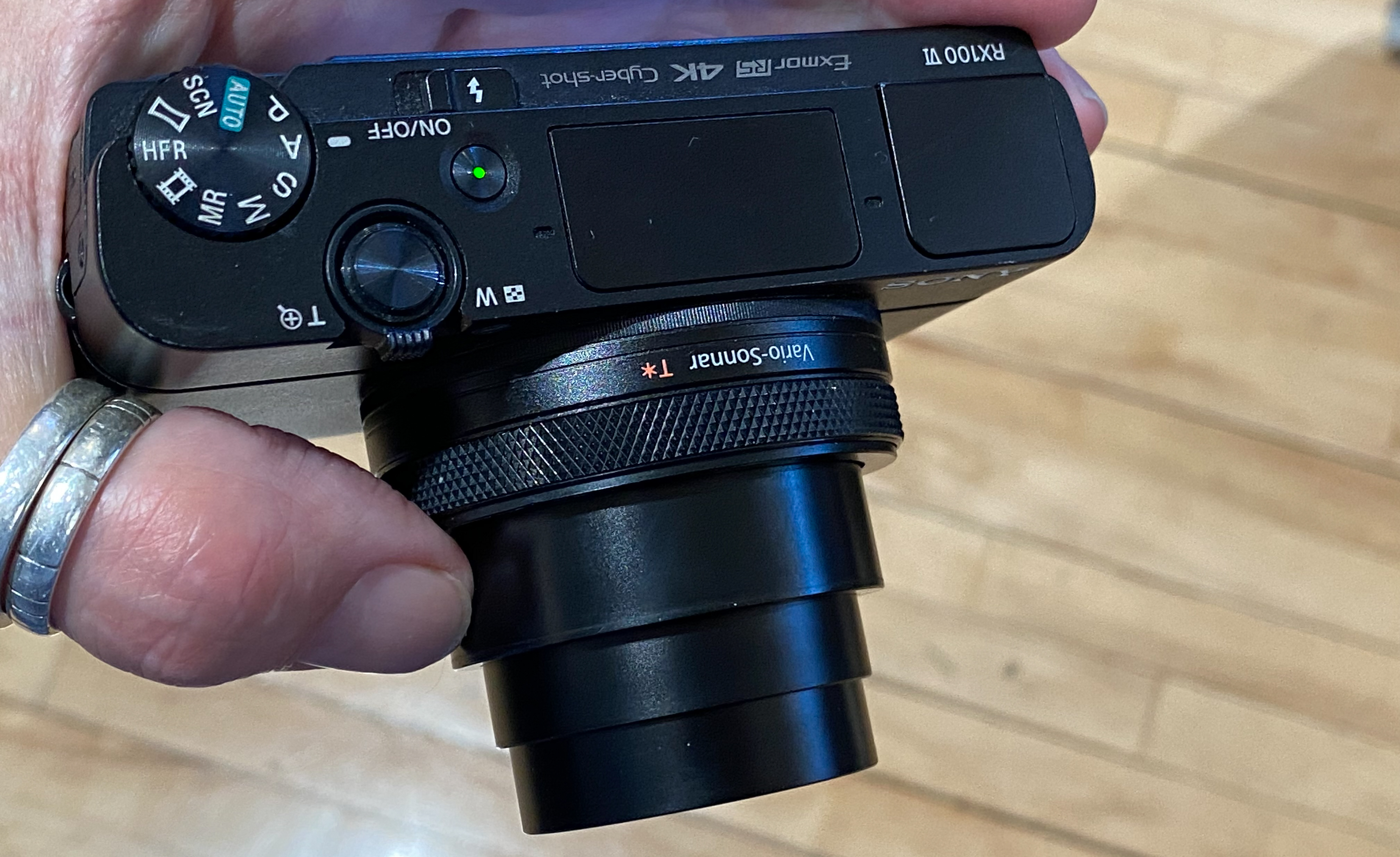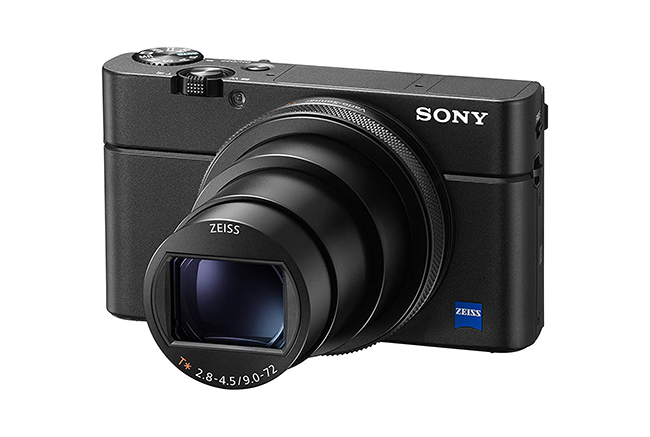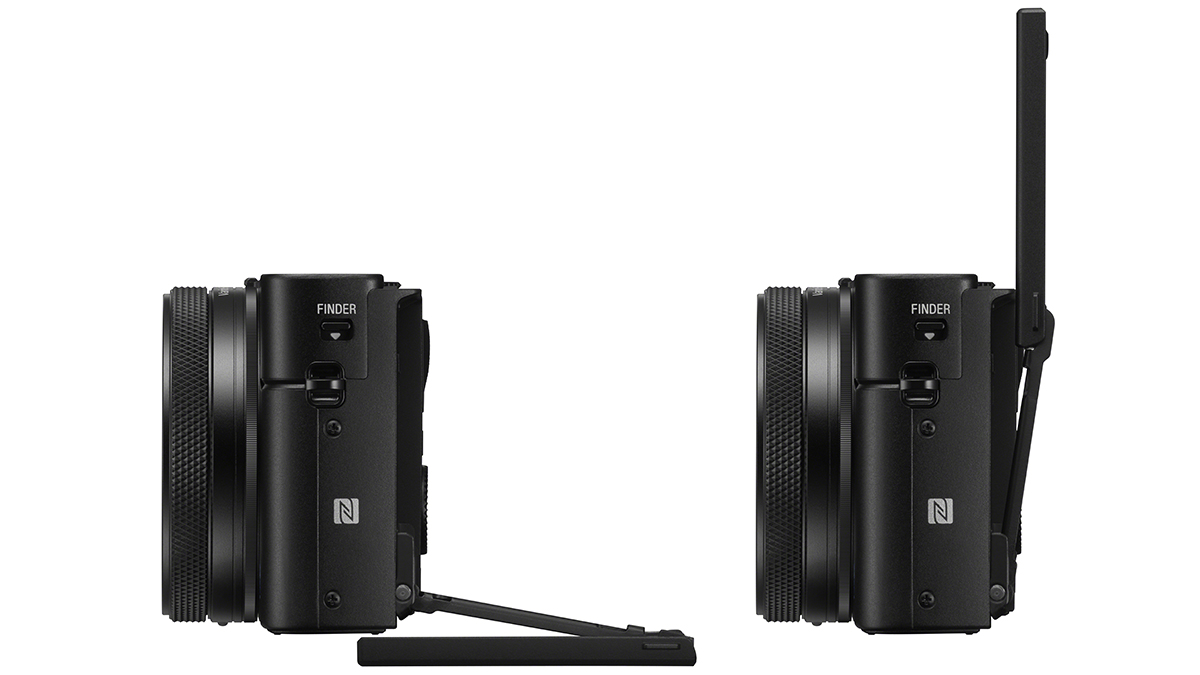The best Sony RX100 VI prices and deals
The sixth Sony Cyber-shot RX100 added more zoom power to this premium compact camera range

The original Sony RX100 was something of a landmark for compact cameras... thanks to its premium, large-sized sensor.
The sixth generation of the dynasty, the Sony Cyber-shot DSC-RX100 VI, rewrote the rules again by adding a much more powerful zoom. It is a great pocket camera - and we are here to give you the best deals available today.
This camera has now been superseded in the hierarchy by the newer Sony RX100 VII - but the Mark VI are still being manufactured and sold, with an immediate advantage being a lower price.
Several older generations of the RX100 are also still on sale, but the RX100 Mark VI has one big advantage of its predecessors in that it has a built-in zoom with the equivalent of a 24-200mm reach. That is a superzoom range, and gives you the reach to shoot much more subjects than earlier versions that had a much more modest 24-70mm zoom. The big lens thankfully has a built-in image stabilization that will cut out the camera shake when using the telephoto end of the zoom.
The ZEISS Vario-Sonnar T*24-200mm lens is not the only talking point. At the heart of the camera is the large one-inch 20 megapixel sensor. Another new feature is a touchscreen. With this, the user can focus on the subject and fire the shutter with a press of the LCD screen, and the display also tilts up through 180º (which is a boon for selfie shooters and bloggers), and the LCD can also tilt downwards.
Other features include the hallmark 2.35million-dot pop-up electronic viewfinder and a 315-point phase-detect autofocus system.
Users also have the ability to capture images at full resolution at a blisteringly-fast 24fps, with autofocus and auto-exposure maintained throughout, while you can shoot 4K video using the full area of the sensor.
Read more
Sony RX100 III vs RX100 IV vs RX100 V vs RX100 VI: Specs compared
The best Sony cameras
The best compact cameras
The best camera deals, reviews, product advice, and unmissable photography news, direct to your inbox!

For nearly two decades Sebastian's work has been published internationally. Originally specializing in Equestrianism, his visuals have been used by the leading names in the equestrian industry such as The Fédération Equestre Internationale (FEI), The Jockey Club, Horse & Hound, and many more for various advertising campaigns, books, and pre/post-event highlights.
He is a Fellow of the Royal Society of Arts, holds a Foundation Degree in Equitation Science, and holds a Master of Arts in Publishing. He is a member of Nikon NPS and has been a Nikon user since his film days using a Nikon F5. He saw the digital transition with Nikon's D series cameras and is still, to this day, the youngest member to be elected into BEWA, the British Equestrian Writers' Association.
He is familiar with and shows great interest in 35mm, medium, and large-format photography, using products by Leica, Phase One, Hasselblad, Alpa, and Sinar. Sebastian has also used many cinema cameras from Sony, RED, ARRI, and everything in between. He now spends his spare time using his trusted Leica M-E or Leica M2, shooting Street/Documentary photography as he sees it, usually in Black and White.



